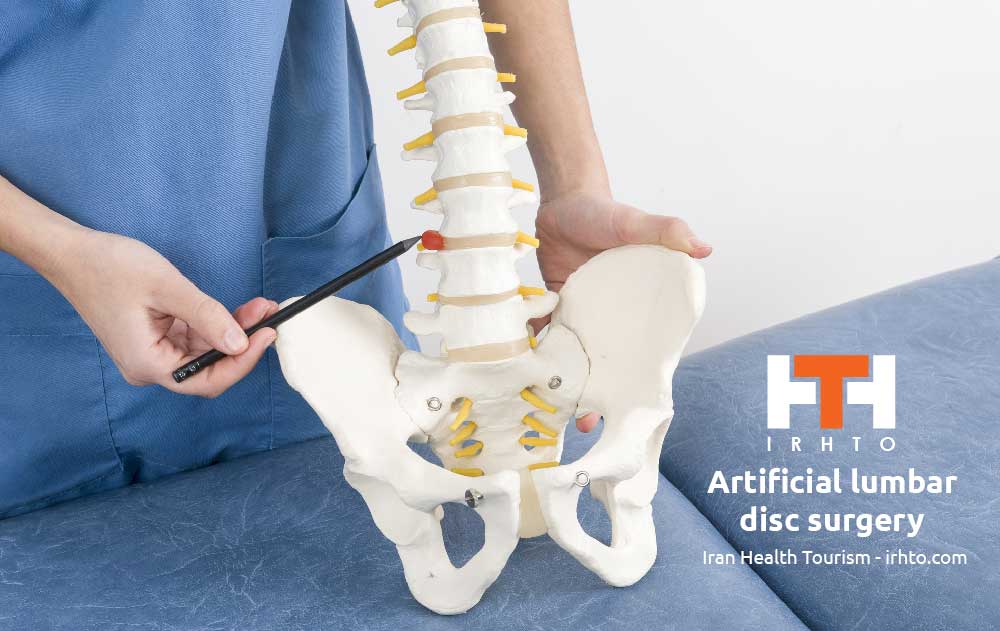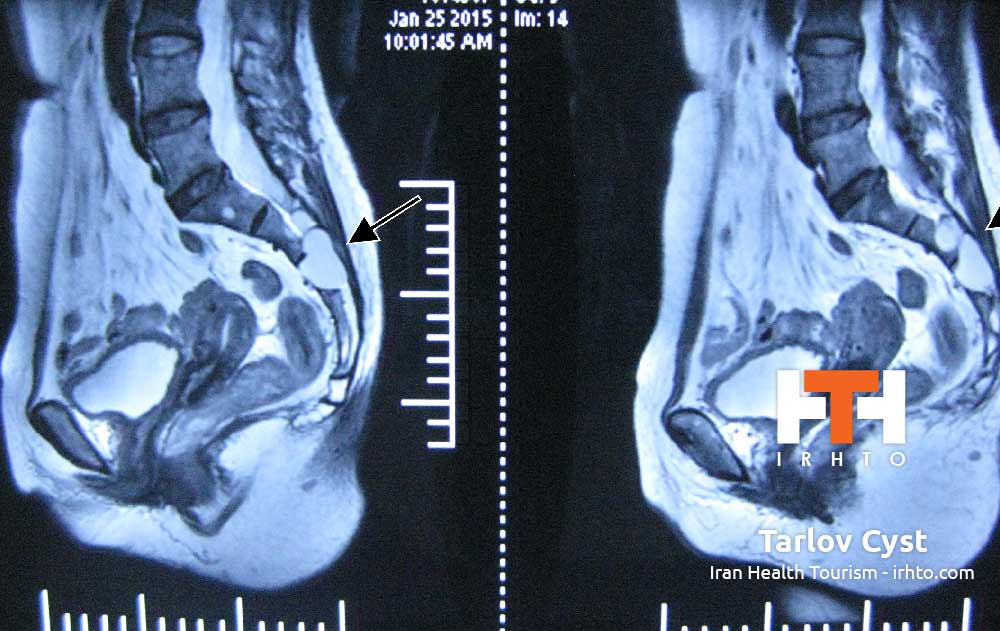
Artificial lumbar disc surgery is an alternative to spinal fusion surgery, a common operation performed on about 200,000 people a year with degenerative disc disease in the lumbar spine (lower back). Spinal fusion surgery creates a solid union between two or more vertebrae to help strengthen the spine and alleviate chronic back pain. There are many types of spinal fusion surgery, as well as varied instrumentation used to secure the fusion. The spine is accessed either through the back or abdomen, depending on the type of spinal fusion procedure.
The goals of artificial lumbar disc surgery are to: 1) remove the diseased disc; 2) restore normal disc height; 3) decrease discogenic back pain; 4) preserve motion in the affected vertebral segment; and 5) improve patient function. In comparison to spinal fusion surgery, potential benefits of artificial disc technology may include quicker recovery time, more spine mobility after surgery, less stress on adjacent discs and no need to harvest and use a bone graft.
If you have degeneration affecting more than one disc or significant leg pain, you are not a candidate for this surgery. However, you may still be considered a candidate if you have had prior back surgeries.
During surgery, the patient is under general anesthesia and an incision is made in the abdomen. Through this opening, the affected disc is removed and replaced. The average hospital stay, postoperatively, is about four days.



